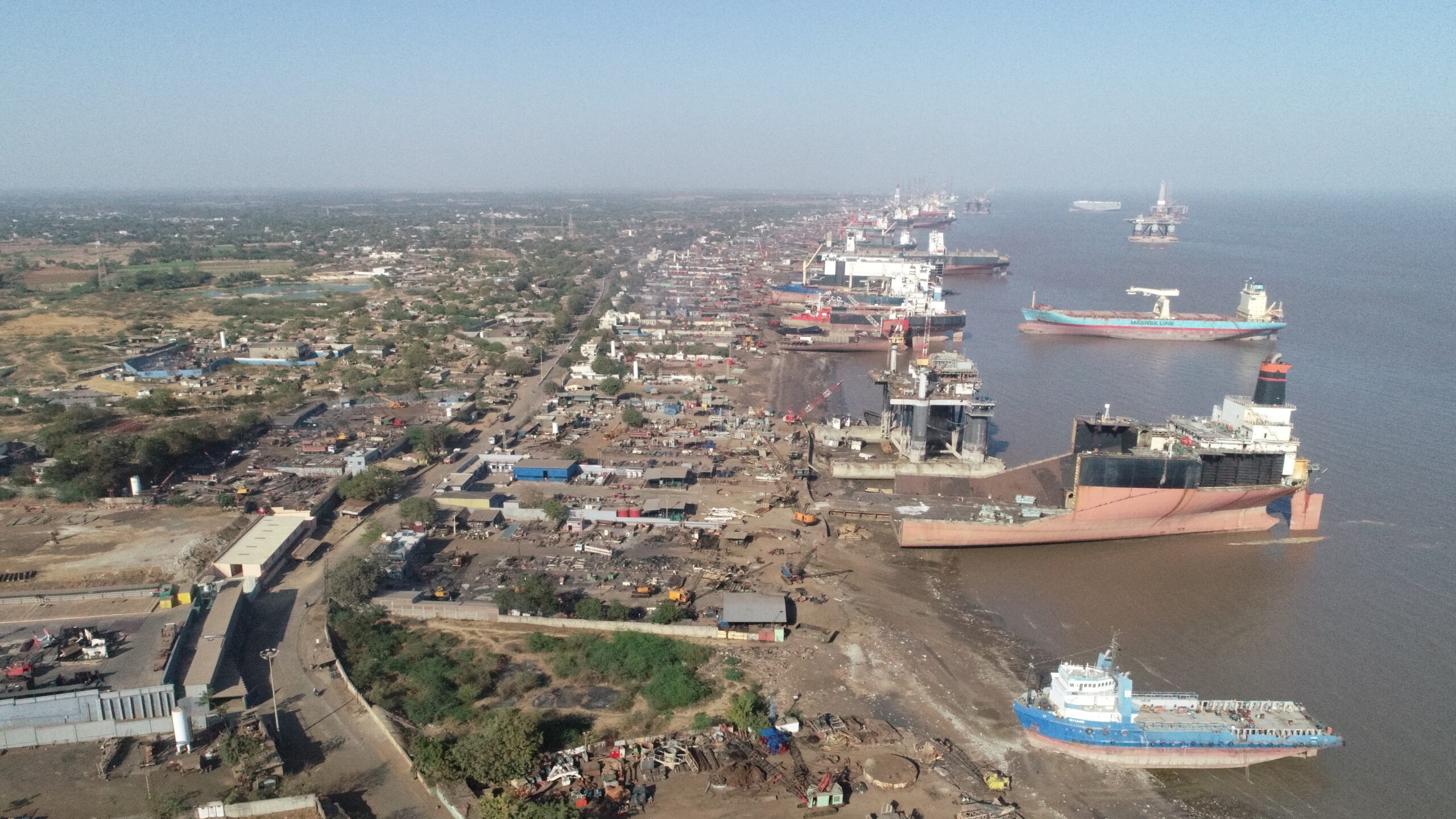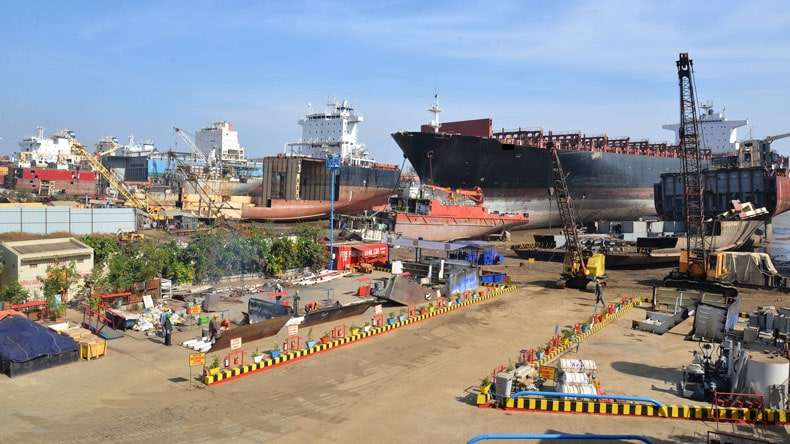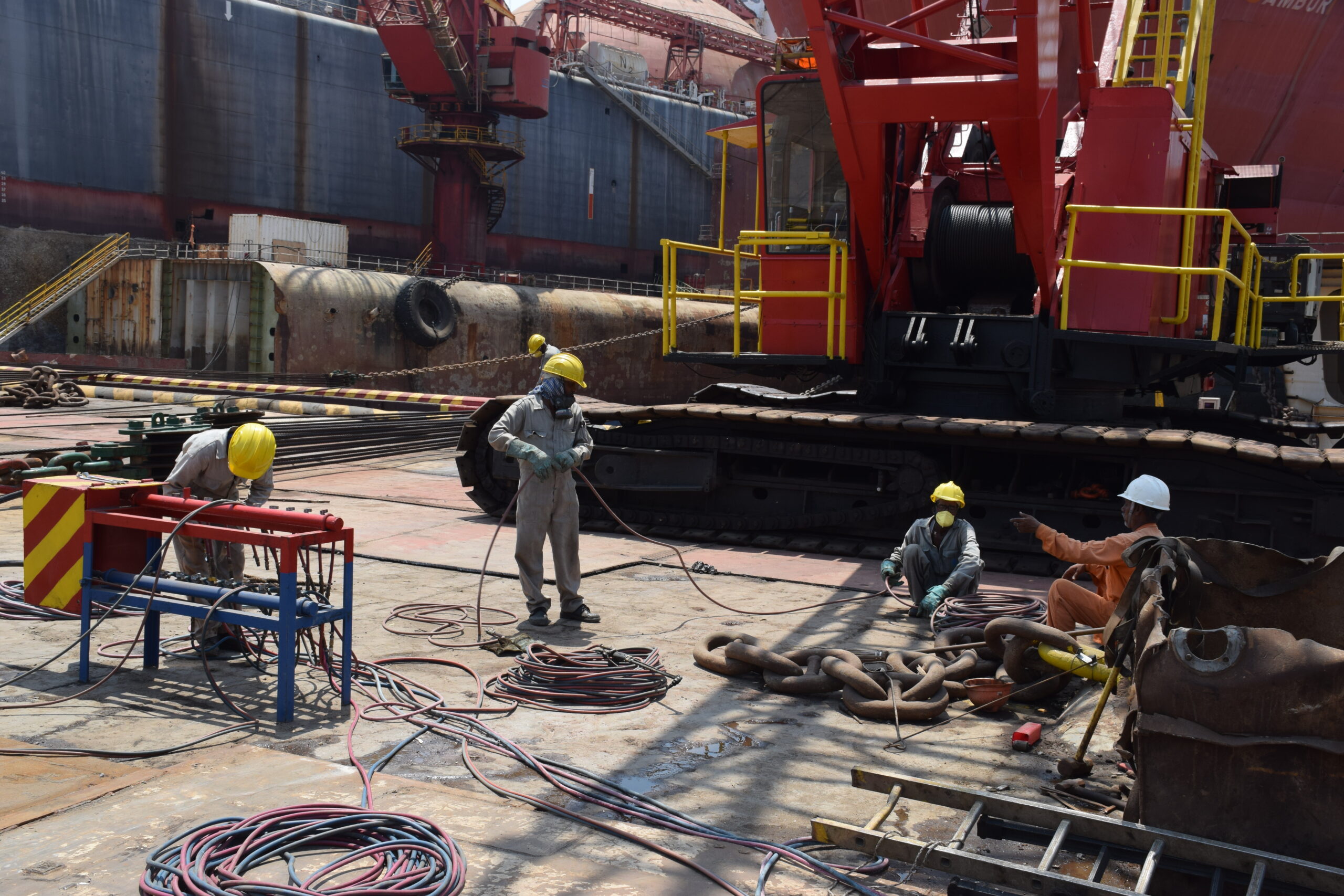India Sails Towards Maritime Prominence: A Deep Dive
India’s maritime sector is experiencing a historic surge, with nine of its ports securing coveted spots in the prestigious “Global Top 100 Container Ports” list for 2023. This achievement, according to the World Bank and S&P Global Market Intelligence’s Container Port Performance Index (CPPI), signifies a major leap forward for India’s ambitions in the global maritime arena.

Modernization Makes Waves
This milestone is a direct result of India’s robust efforts to modernize its port infrastructure. Visakhapatnam Port’s meteoric rise from 115th to 19th place in just a year exemplifies this progress. Similarly, Mundra Port’s climb to 27th reflects the nation’s dedication to streamlining operations and strengthening global trade links. Other Indian ports like Pipavav, Kamarajar, Cochin, Hazira, Krishnapatnam, Chennai, and Jawaharlal Nehru have also joined the ranks, showcasing a comprehensive national effort to transform the maritime landscape.
Leading the Pack in South Asia
India’s dominance is evident when compared to its South Asian neighbors. With nine ports in the Top 100, India stands as a clear leader. Sri Lanka’s Colombo Port, a crucial Indian Ocean hub, holds the 40th position, while Pakistan’s Karachi Port sits at 61st. This strong Indian presence signifies its growing ability to handle substantial cargo volumes and its commitment to developing robust logistics infrastructure. This, in turn, fuels economic development not just for India, but for the entire South Asian region.
Benefits Beyond the Docks
Improved port performance brings a wave of positive effects. Faster turnaround times and reduced waiting periods for ships, like those achieved by Visakhapatnam Port, enhance efficiency and make Indian ports more attractive to international shipping lines. This, in turn, bolsters trade by lowering import and export costs, ultimately propelling India’s economic growth.
Building a Sustainable Future
The Sagarmala program, a key government initiative, prioritizes incorporating green technologies and sustainable practices into port infrastructure. This ensures the long-term viability of the Indian maritime industry. Moreover, efficient and resilient ports can better withstand fluctuations in the global market, contributing to stable and sustainable global supply chains.
Strategic Hubs Emerge
Ports like Mundra and Visakhapatnam are evolving into strategic economic hubs. They facilitate international trade routes and act as crucial nodes within global supply chains. This strategic significance not only strengthens their operational importance but also boosts the economic well-being of the surrounding regions.
A Collaborative Triumph
India’s port success story is a testament to collaboration between multiple stakeholders. The central government, under Prime Minister Modi’s leadership, has played a pivotal role through its vision and strategic initiatives, like the Sagarmala program. Port authorities across India have tirelessly implemented these plans, investing in infrastructure upgrades, technology adoption, and process improvements. Private sector involvement has also been crucial, bringing in investments, expertise, and innovative practices that significantly enhance port efficiency. Public-private partnerships (PPPs) have proven particularly effective in this regard. Additionally, India’s collaboration with international organizations has provided valuable benchmarks and best practices to guide further improvement.
The Sagarmala Program: A Roadmap to Success
Launched in 2015, the Sagarmala program is the cornerstone of India’s port modernization efforts. It aims to transform the maritime sector by:
- Modernizing existing ports and developing new ones to handle increased cargo volumes efficiently.
- Enhancing connectivity by improving road, rail, and inland waterway access to and from ports, ensuring seamless movement of goods.
- Promoting port-led industrialization by developing industrial clusters around ports to create synergies between manufacturing and port operations.
- Empowering coastal communities through skill development and job creation initiatives.
India’s Winning Formula
Several factors have contributed to India’s maritime success:
- Strategic location: India’s position along major international shipping routes makes its ports naturally attractive for global trade.
- Technological advancements: Automation, digital tracking, and advanced cargo handling equipment have significantly reduced turnaround times and improved overall efficiency.
- Process optimization: Streamlining port operations and administrative procedures through single-window clearance systems and electronic data interchange has reduced red tape and enhanced coordination.
- Skill development: Investing in training programs ensures port staff are well-equipped to handle the demands of modern port infrastructure.
- Attractive infrastructure: Significant investments have led to modernized terminals, deeper harbors, and expanded berths, allowing Indian ports to handle larger cargo volumes efficiently.
- Government support: Proactive policies, streamlined regulations, and a focus on ease of doing business have made Indian ports more attractive to global investors and shipping companies.
- Sustainability initiatives: A commitment to green infrastructure and eco-friendly
Author: shipping inbox
shipping and maritime related web portal








